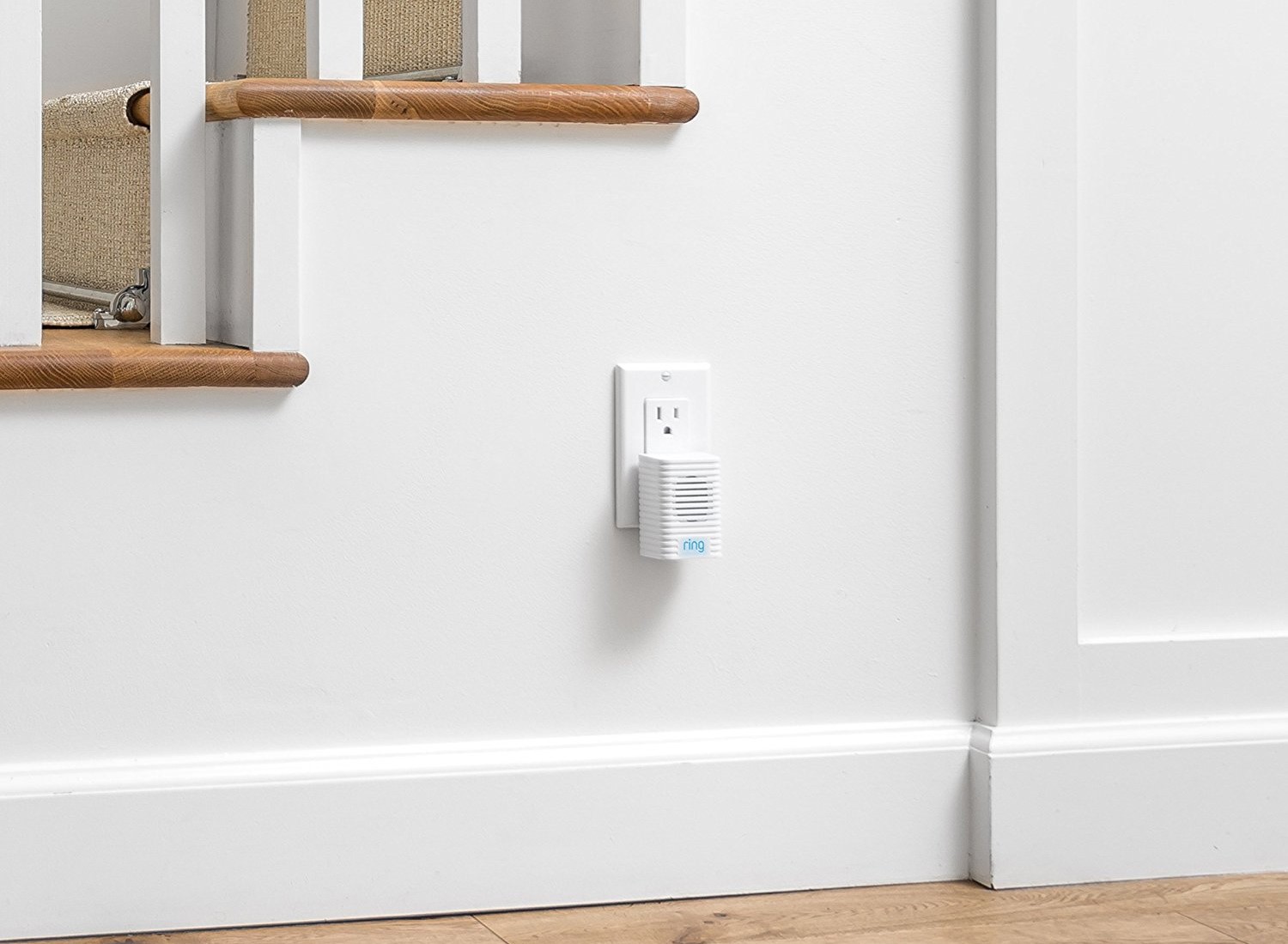

Articles
What Is Chime Doorbell
Modified: August 31, 2024
Discover informative articles and helpful guides about what a chime doorbell is and how it works. Explore the benefits and features of chime doorbells for your home.
(Many of the links in this article redirect to a specific reviewed product. Your purchase of these products through affiliate links helps to generate commission for Storables.com, at no extra cost. Learn more)
Introduction
Welcome to the world of chime doorbells! In this digital age, traditional doorbells have evolved to become more advanced and convenient. Chime doorbells provide an added layer of security and convenience for homeowners, making them a popular choice for modern households.
But what exactly is a chime doorbell? In simple terms, it is a device that is installed near the entrance of your home and is designed to alert you when someone is at your door. Unlike traditional doorbells that produce a simple chime or ding-dong sound, chime doorbells come in a variety of tones and melodies to suit your personal preference.
Chime doorbells work by using a combination of technology, including a doorbell button, a chime receiver, and sometimes even a video camera. When a visitor presses the doorbell button, it sends a signal to the chime receiver, which then plays a pre-selected sound or melody to notify you of the visitor’s presence.
In the following sections, we will explore the different types of chime doorbells, their features and specifications, the benefits they offer, and the installation and maintenance process. We will also discuss troubleshooting common issues and explore the possibility of upgrading to a smart chime doorbell.
So, whether you are looking to replace your existing doorbell or you are considering upgrading to a more modern and convenient option, this article will provide you with all the information you need to make an informed decision.
Key Takeaways:
- Chime doorbells offer convenience, security, and customization options, from traditional chimes to smart features, enhancing the overall experience of welcoming visitors to your home.
- Upgrading to a smart chime doorbell provides advanced features, remote access, and integration with smart home devices, offering unrivaled convenience, enhanced security, and peace of mind.
Read more: How To Replace A Doorbell Chime
How Does a Chime Doorbell Work?
A chime doorbell consists of several components that work together to provide a seamless and efficient doorbell system. Let’s take a closer look at how each component functions:
- Doorbell Button: The doorbell button is typically installed near the entrance of your home. When a visitor presses the button, it completes an electrical circuit, sending a signal to the chime receiver.
- Chime Receiver: The chime receiver is the main unit that produces sound when the doorbell button is pressed. It is usually installed inside your home, in a central location where it can be heard clearly. The receiver is connected to the doorbell button through electrical wiring or wireless communication.
- Sound Generation: When the chime receiver receives a signal from the doorbell button, it activates the sound generation mechanism. This mechanism can vary depending on the type of chime doorbell you have. Some models use a small speaker to produce traditional chime sounds, while others have a wider range of melodies and tones to choose from.
- Power Source: Chime doorbells can be powered by either batteries or direct electrical wiring. Battery-powered chime doorbells offer the advantage of easy installation and portability, while wired models ensure a continuous power supply and eliminate the need for battery replacements.
- Additional Features: Many chime doorbells now come with additional features, such as video cameras, two-way audio communication, and smartphone connectivity. These features enhance security and allow you to monitor and interact with visitors remotely via your smartphone or other connected devices.
Overall, a chime doorbell provides a convenient and reliable way to be alerted when someone is at your door. Its simple yet effective design ensures that you never miss a visitor and adds an extra layer of security to your home.
Now that we understand how a chime doorbell works, let’s explore the different types of chime doorbells available in the market and the features they offer.
Types of Chime Doorbells
Chime doorbells come in a variety of types and styles, each offering unique features and benefits. Understanding the different types can help you choose the one that best suits your needs. Here are some common types of chime doorbells:
- Traditional Chime Doorbells: These are the classic chime doorbells that produce the familiar “ding-dong” sound. They are simple and reliable, with a timeless design that complements any home décor. Traditional chime doorbells are often powered by direct electrical wiring and are a popular choice for those who prefer a traditional doorbell sound.
- Wireless Chime Doorbells: Wireless chime doorbells offer the advantage of easy installation and flexibility. They operate using wireless communication between the doorbell button and the chime receiver. Wireless chime doorbells are powered by batteries, eliminating the need for electrical wiring. They are a great option if you want to avoid complicated wiring or if you are renting a property.
- Smart Chime Doorbells: Smart chime doorbells are the latest innovation in doorbell technology. They are equipped with advanced features such as video cameras, two-way audio communication, and smartphone connectivity. Smart chime doorbells allow you to see and interact with visitors remotely using your smartphone or other connected devices. Some models even offer motion detection and cloud storage for video recordings.
- Customizable Chime Doorbells: If you prefer a unique sound for your chime doorbell, customizable chime doorbells are the perfect option. These doorbells allow you to choose from a wide range of tones, melodies, or even upload your own sound files. With a customizable chime doorbell, you can personalize your doorbell sound to suit your preferences and add a touch of personality to your home.
- Musical Chime Doorbells: For those who appreciate music and want their doorbell to stand out, musical chime doorbells are a fun and exciting choice. These doorbells play full-length songs or famous melodies instead of the traditional chime sound. From classical tunes to popular songs, you can select a musical chime doorbell that reflects your taste in music and adds a whimsical touch to your home.
It’s important to consider your preferences, budget, and specific needs when choosing a chime doorbell. Whether you opt for a traditional chime doorbell, a wireless model, a smart chime doorbell, or one with customizable or musical features, each type offers its own set of advantages, enhancing convenience and security for your home.
Now that we have explored the types of chime doorbells available, let’s delve into the features and specifications you should consider when choosing the right chime doorbell for your home.
Features and Specifications
When choosing a chime doorbell, it’s important to consider the features and specifications that will best suit your needs and preferences. Here are some key features to look out for:
- Sound Options: One of the primary factors to consider is the variety of sound options available. Traditional chime doorbells typically offer basic chime sound or a simple melody, while more advanced models provide a wide range of tones, melodies, or even the ability to upload custom sounds. Choose a chime doorbell that offers sounds you find pleasant and easy to hear.
- Volume Control: Different situations may require different volume levels for your chime doorbell. Look for a doorbell that offers adjustable volume controls, allowing you to increase or decrease the sound level to your preference. This feature is especially useful if you have hearing difficulties or live in a noisy environment.
- Range: Consider the range of your chime doorbell system. The range refers to the maximum distance between the doorbell button and the chime receiver that can still maintain a strong and reliable signal. This is particularly important if you have a large property or if the doorbell receiver will be installed far from the entrance.
- Video Camera: If you opt for a smart chime doorbell, consider whether you want a built-in video camera. A video camera allows you to see who is at your door, offering an extra layer of security. Look for features such as high-definition video quality, night vision, and the ability to access live video feed through your smartphone or other connected devices.
- Two-Way Audio: Some smart chime doorbells come equipped with two-way audio communication. This feature allows you to have a conversation with visitors at your door, even when you are not at home. It can be useful for receiving deliveries, communicating with guests, or even deterring potential intruders.
- Smartphone Connectivity: If you want remote access and control over your chime doorbell, look for models that offer smartphone connectivity. This allows you to receive push notifications on your smartphone when someone rings the doorbell, view the live video feed, and even speak with visitors using your phone. Check if the doorbell is compatible with your smartphone operating system.
- Weather Resistance: Your chime doorbell will be exposed to the elements, so ensure that it is weather resistant. Look for models that are designed to withstand rain, snow, and extreme temperatures. This will ensure that your doorbell remains operational regardless of the weather conditions.
Considering these features and specifications will help you narrow down your options and choose a chime doorbell that fits your specific requirements. Take the time to compare different models and select the one that offers the features and functionality you desire.
Now that we have covered the features and specifications, let’s explore the benefits of using a chime doorbell in your home.
Benefits of Using a Chime Doorbell
Chime doorbells offer several benefits that can enhance the security, convenience, and overall experience of your home. Here are some key advantages of using a chime doorbell:
- Convenience: With a chime doorbell, you no longer have to rely on the outdated method of shouting or knocking on the door to alert someone inside. The chime doorbell provides a clear and audible notification when someone is at your door, allowing you to respond promptly without any hassle.
- Security: A chime doorbell adds an extra layer of security to your home. By providing an audible alert when someone arrives at your doorstep, it helps you keep track of who is entering or leaving your property. This can deter potential intruders and provide peace of mind, especially when you are away from home.
- Visitor Screening: With the help of a chime doorbell equipped with a video camera, you can visually screen your visitors before opening the door. This is particularly beneficial for identifying unexpected or suspicious individuals and deciding whether or not to let them in. It enhances your control over who you allow entry into your home.
- Remote Access: Smart chime doorbells with smartphone connectivity allow you to have remote access and control over your doorbell system. You can receive real-time notifications on your smartphone when someone rings the doorbell, view the live video feed, and even communicate with visitors from anywhere. This is especially useful when you are not at home or unable to physically answer the door.
- Package Delivery: Chime doorbells play a crucial role in ensuring smooth package deliveries. By alerting you when a delivery person arrives at your door, you can promptly receive packages and prevent theft or damage. You can also communicate with delivery personnel, providing instructions or granting access to a secure location for leaving packages.
- Peaceful Environment: Unlike traditional doorbells that may produce loud and jarring sounds, chime doorbells offer a variety of tones and melodies to choose from. You can select a sound that matches your preferences and creates a more harmonious and peaceful environment in your home.
- Accessibility: Chime doorbells are designed to be easily accessible for everyone, including individuals with disabilities or special needs. Some models come with options for visual alerts, vibration settings, or compatibility with assistive devices, ensuring that everyone in your household can be notified when someone is at the door.
The benefits of using a chime doorbell extend beyond convenience and security, making it a valuable addition to any home. Whether you choose a traditional chime doorbell, a wireless model, or an advanced smart doorbell, you can enjoy these advantages and improve your overall doorbell experience.
Now that we have explored the benefits, let’s move on to the installation process and learn how to set up a chime doorbell in your home.
When installing a chime doorbell, make sure to place the doorbell button at a height that is easily accessible for all users, including children and individuals with disabilities. This will ensure that everyone can easily reach the button to announce their presence.
Read more: Why Is My Doorbell Chime Humming
Installation Process
Installing a chime doorbell is a straightforward process that can be completed by following a few simple steps. Here’s a general guide to help you with the installation:
- Choose a Location: Select a suitable location for your chime doorbell receiver inside your home. It should be a central area where you can easily hear the sound when someone presses the doorbell button. Make sure the location is easily accessible for wiring or in the case of wireless models, within range of the doorbell button.
- Power Source: Determine the power source for your chime doorbell. If you are using a wired doorbell, locate the power source and turn off the electricity to that area. If you are using a wireless doorbell, make sure you have fresh batteries to power the receiver.
- Mount the Doorbell Button: Install the doorbell button near the entrance of your home. It should be securely attached to the wall or door frame. Use the provided screws or adhesive to mount it in place. Ensure that it is at a convenient height for visitors to reach and press.
- Connect the Wiring: For a wired chime doorbell, you will need to connect the doorbell button to the receiver using electrical wiring. Follow the manufacturer’s instructions to connect the wires correctly and securely. If you are unsure, it is best to consult a professional electrician to ensure proper installation.
- Mount the Chime Receiver: Once the wiring is connected, mount the chime receiver in the chosen location inside your home. Use screws or adhesive as per the manufacturer’s instructions. Double-check that the receiver is securely attached and position it in such a way that the sound is easily audible throughout your living space.
- Test the Doorbell: After the installation is complete, it’s important to test the chime doorbell to ensure it is functioning properly. Press the doorbell button and listen for the sound from the chime receiver. Adjust the volume level if necessary. If you are using a wireless model, make sure the receiver is within range of the doorbell button.
- Additional Setup: For smart chime doorbells with video capabilities and smartphone connectivity, follow the specific instructions provided by the manufacturer. This may involve downloading a mobile app, creating an account, and connecting the doorbell to your Wi-Fi network. Familiarize yourself with the app and explore the different features and settings available.
It’s important to note that the installation process may vary depending on the specific model and brand of chime doorbell you choose. Always refer to the manufacturer’s instructions for accurate and detailed installation guidance.
Now that you have successfully installed your chime doorbell, it’s essential to be aware of common issues that may arise and how to troubleshoot them effectively.
Troubleshooting Common Issues
While chime doorbells are generally reliable, there are a few common issues that you may encounter. Here are some troubleshooting tips to help you resolve these issues:
- No Sound: If your chime doorbell is not producing any sound, first check the power source. For wired doorbells, ensure that the electricity is turned on and that the wires are connected properly. In the case of wireless doorbells, check if the batteries in the receiver need to be replaced.
- Weak or Intermittent Signal: If the chime doorbell signal is weak or intermittent, it could be due to a few factors. Check the distance between the doorbell button and the receiver, as well as any obstacles that might be blocking the signal. Make sure that the batteries in a wireless doorbell are fully charged. If the issue persists, you may need to reposition the receiver or consider upgrading to a model with a longer range.
- Unresponsive Doorbell: If your chime doorbell is unresponsive when the button is pressed, there may be a loose connection or a wiring issue. Double-check the wiring connections for wired doorbells and ensure that they are secure. Test the doorbell button to see if it registers a click when pressed. If not, you may need to replace the button or seek professional assistance for rewiring.
- Interference: In some instances, chime doorbells may experience interference from other electrical devices or wireless signals in the vicinity. This can disrupt the proper functioning of the doorbell. Try relocating the receiver away from potential sources of interference, such as cordless phones, Wi-Fi routers, or other electronics. Adjusting the channel or frequency settings on the doorbell and other devices might also help reduce interference.
- False Alarms or Sensitivity: Smart chime doorbells with motion detection capabilities may occasionally experience false alarms or have overly sensitive settings. Adjust the sensitivity settings in the doorbell app to minimize false alerts caused by moving objects or pets. You may also need to check for any vegetation or objects that might be triggering the motion sensors and make necessary adjustments.
- Poor Video or Audio Quality: If you are using a smart chime doorbell with video and audio features, poor quality in video or audio may occur. Check your internet connection to ensure it is stable and sufficient for video streaming. Clean the camera lens to remove any dirt or smudges that may affect the image quality. Adjust the microphone sensitivity if the audio is not clear. If the issue persists, contact the manufacturer for technical support.
If you encounter any other issues or if the troubleshooting steps mentioned above do not resolve the problem, refer to the product manual or reach out to the manufacturer’s customer support for further assistance.
Now that you are familiar with troubleshooting common issues, let’s discuss how to properly maintain and care for your chime doorbell.
Maintenance and Care Tips
Proper maintenance and care can ensure the longevity and optimal performance of your chime doorbell. Here are some maintenance tips to keep your doorbell in excellent condition:
- Regular Cleaning: Dust and dirt can accumulate over time, affecting the appearance and functionality of your chime doorbell. Wipe the doorbell button and receiver regularly with a soft, dry cloth to keep them clean and free from debris. Avoid using harsh cleaning agents or abrasive materials that could damage the surface.
- Battery Replacement: If you have a wireless chime doorbell powered by batteries, monitor the battery level regularly. Replace the batteries as needed to ensure a continuous and reliable power supply. Check the manufacturer’s instructions for the specific battery type and replacement procedure.
- Inspect Wiring: For wired chime doorbells, periodically inspect the wiring to ensure it is in good condition. Look for any loose connections, exposed wires, or signs of damage. If you notice any issues, contact a professional electrician for assistance in repairing or replacing the wiring.
- Adjust Sound and Volume: If you find that the sound of your chime doorbell is too loud or too soft, adjust the volume settings accordingly. Refer to the manufacturer’s instructions on how to adjust the volume or sound options. This allows you to customize the doorbell to your preferred level of sound.
- Protect from Extreme Weather: Chime doorbells are designed to be weather resistant, but it is still important to protect them from extreme weather conditions. If your doorbell is exposed to heavy rain or snow, consider installing a protective cover or shield to prevent water damage. Avoid exposing the doorbell to excessive heat or direct sunlight as it may impact its durability.
- Software Updates: If you have a smart chime doorbell, stay updated with the latest software releases. Check the manufacturer’s website or the mobile app for any available updates. Software updates often include bug fixes, security enhancements, and additional features that can improve the performance and functionality of your doorbell.
- Follow Manufacturer’s Instructions: Always refer to the specific manufacturer’s instructions for any additional maintenance or care guidelines specific to your chime doorbell model. Following their recommendations ensures that you are correctly maintaining and caring for your doorbell.
By following these maintenance tips and taking proper care of your chime doorbell, you can extend its lifespan and enjoy consistent performance for years to come.
Now, let’s explore the possibility of upgrading your chime doorbell to a smart chime doorbell and the benefits it can offer.
Upgrading to a Smart Chime Doorbell
If you are considering upgrading your existing chime doorbell, a smart chime doorbell is an excellent option. Smart chime doorbells offer advanced features and connectivity options that can greatly enhance the security and convenience of your home. Here are some benefits of upgrading to a smart chime doorbell:
- Video Monitoring: One of the key advantages of a smart chime doorbell is the built-in video camera. With a live video feed accessible on your smartphone or other connected devices, you can monitor who comes to your door, even when you are not home. This feature provides an additional layer of security and peace of mind.
- Two-Way Communication: Smart chime doorbells often include two-way audio communication capabilities. This allows you to not only see who is at your door but also have a conversation with them. Whether you’re receiving a package or communicating with guests or delivery personnel, this feature offers convenience and added control.
- Remote Access and Control: With a smart chime doorbell, you can have remote access and control over your doorbell system. Through a dedicated mobile app, you can receive real-time notifications when someone rings the doorbell, view the live video feed, and even interact with visitors from anywhere. This is particularly useful when you are away from home or unable to physically answer the door.
- Motion Detection: Many smart chime doorbells are equipped with motion sensors. These sensors detect movement near your doorway and send you alerts, allowing you to be aware of any activity outside your home. Motion detection can help deter potential intruders and provide an extra layer of security.
- Integration with Smart Home Devices: Smart chime doorbells often integrate with other smart home devices, such as door locks, security cameras, and lighting systems. This allows you to create a comprehensive and connected home security system. For example, when the doorbell detects motion, it can trigger the lights to turn on or start recording on your security cameras.
- Enhanced Convenience: Upgrading to a smart chime doorbell offers enhanced convenience in multiple ways. You can easily communicate with visitors without having to physically answer the door, receive package delivery notifications, and monitor your property from anywhere with an internet connection. It streamlines and simplifies the way you manage your home’s entry and security.
When considering an upgrade to a smart chime doorbell, research different models and brands to find the one that best fits your needs and budget. Take into account factors like video quality, app interface, compatibility with your existing devices, and any additional features that may be important to you.
With the increasing popularity of smart home technology, a smart chime doorbell can be an excellent addition to your connected home. It offers advanced features, convenience, and peace of mind, enabling you to stay connected and in control, even when you’re not physically present.
Now, let’s conclude our exploration of chime doorbells and summarize the key takeaways.
Read more: How To Connect Chime To Ring Doorbell
Conclusion
Chime doorbells have come a long way from their traditional counterparts, offering a range of options to enhance security, convenience, and peace of mind for homeowners. Whether you choose a traditional chime doorbell, a wireless model, or a smart chime doorbell with advanced features, each type provides its own set of advantages.
Understanding how chime doorbells work, the different types available, and their features and specifications empowers you to make an informed decision when selecting the right doorbell for your home. Consider factors such as sound options, volume control, range, video capabilities, and smartphone connectivity to find the perfect fit for your needs and preferences.
The benefits of using a chime doorbell include convenience, added security, better control over who enters your home, and the ability to receive package deliveries more efficiently. Chime doorbells also offer accessibility options and can create a more peaceful and harmonious environment in your home.
Installation of a chime doorbell is generally a straightforward process, but always refer to the manufacturer’s instructions for accurate installation guidance. Regular maintenance, such as cleaning, battery replacement, and ensuring proper wiring connections, helps to keep your chime doorbell in optimal condition.
If you’re looking for advanced features and connectivity options, consider upgrading to a smart chime doorbell. With video monitoring, two-way communication, remote access and control, motion detection, and integration with other smart home devices, a smart chime doorbell offers unrivaled convenience, enhanced security, and peace of mind.
Regardless of the type of chime doorbell you choose, it’s important to follow the manufacturer’s guidelines, actively troubleshoot any issues that may arise, and stay updated with software releases if applicable. This ensures that your doorbell continues to function reliably and provides you with the desired benefits for years to come.
Take the time to explore various chime doorbell options, read reviews, and consider your specific needs and preferences. By making an informed choice, you’ll find a chime doorbell that not only meets your requirements but also enhances the overall experience of welcoming visitors to your home.
So, whether it’s the classic “ding-dong” chime, a wireless doorbell for easy installation, or a smart doorbell with advanced features, find the chime doorbell that suits your style and enjoy the convenience and security it brings to your home.
Frequently Asked Questions about What Is Chime Doorbell
Was this page helpful?
At Storables.com, we guarantee accurate and reliable information. Our content, validated by Expert Board Contributors, is crafted following stringent Editorial Policies. We're committed to providing you with well-researched, expert-backed insights for all your informational needs.


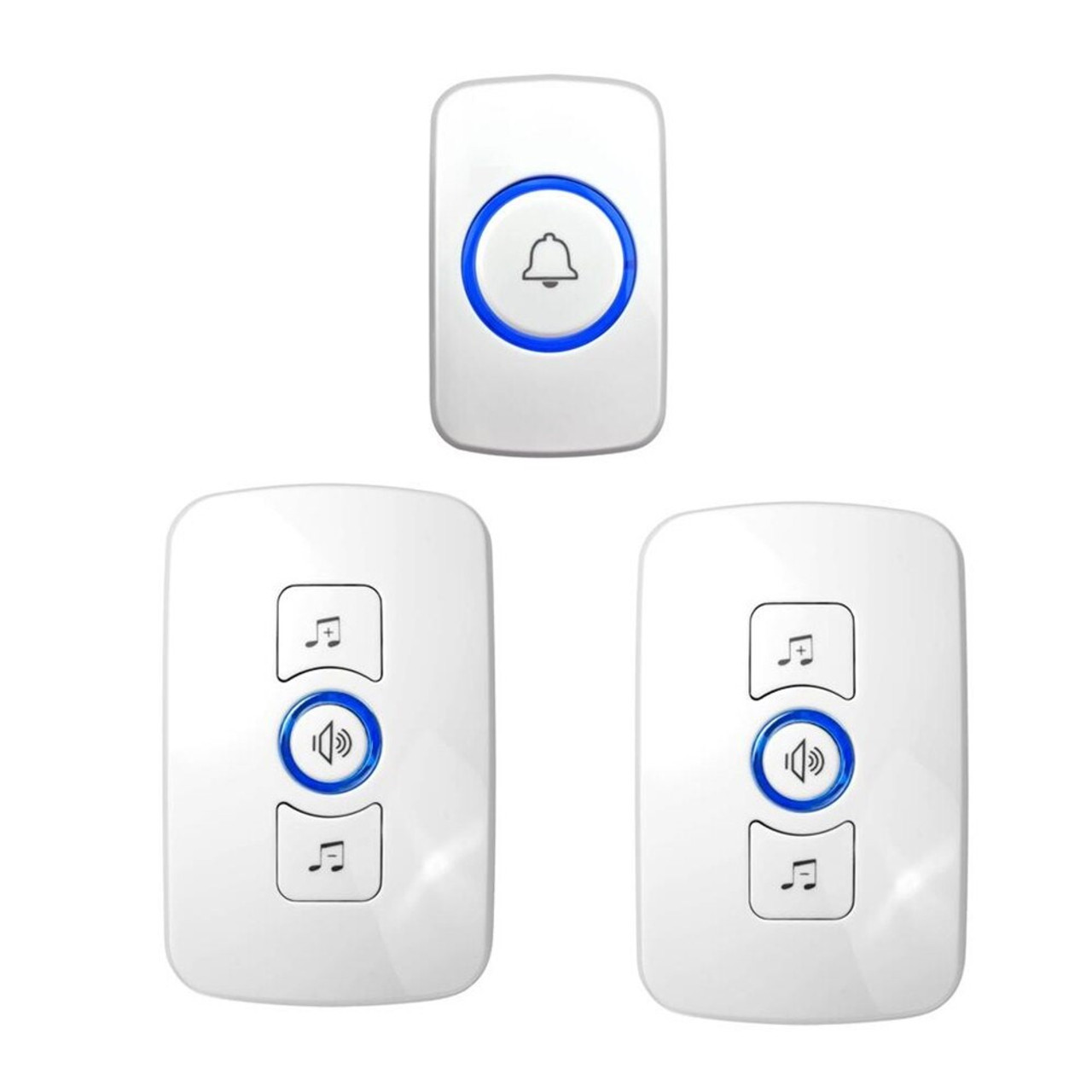
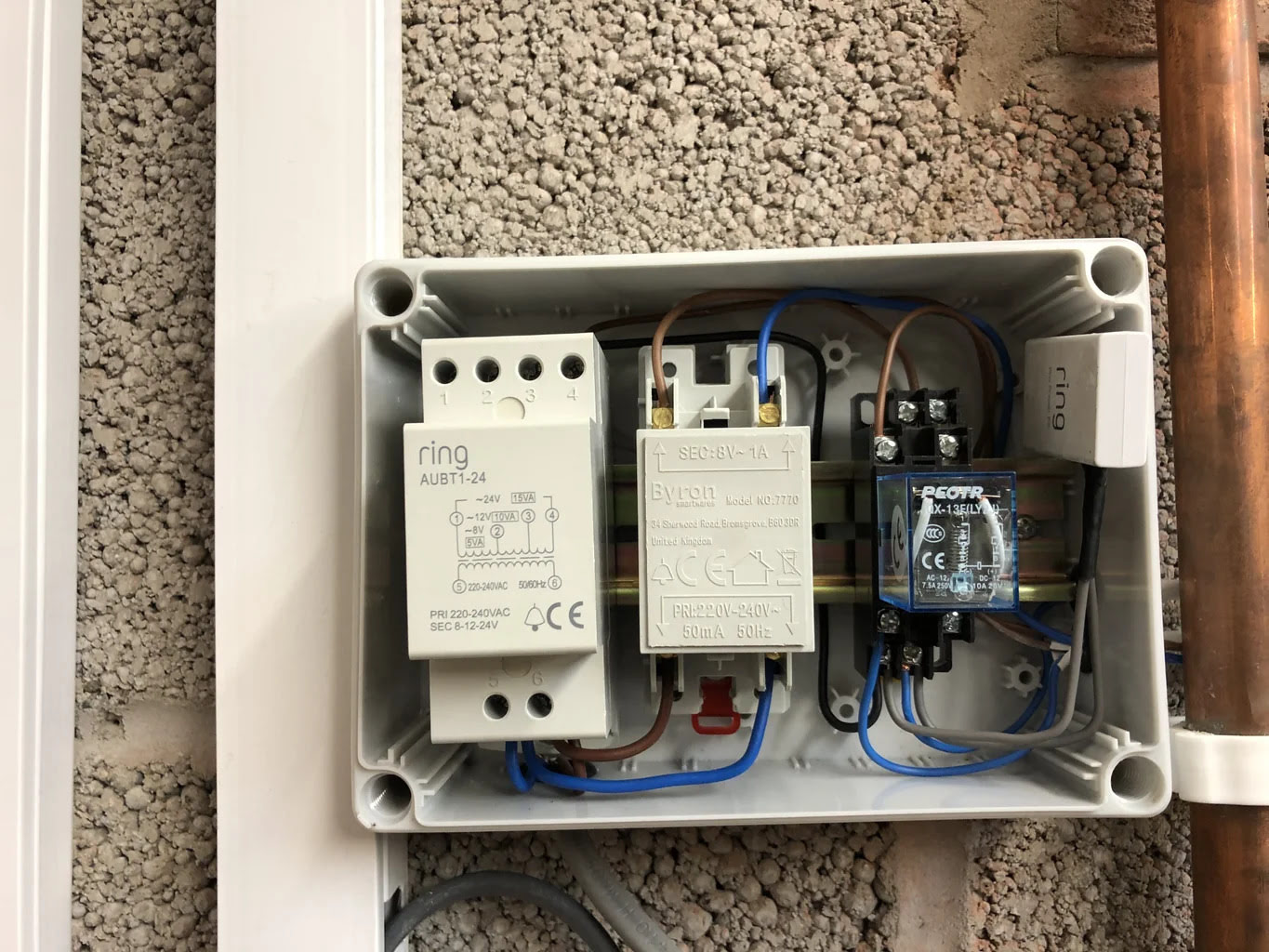

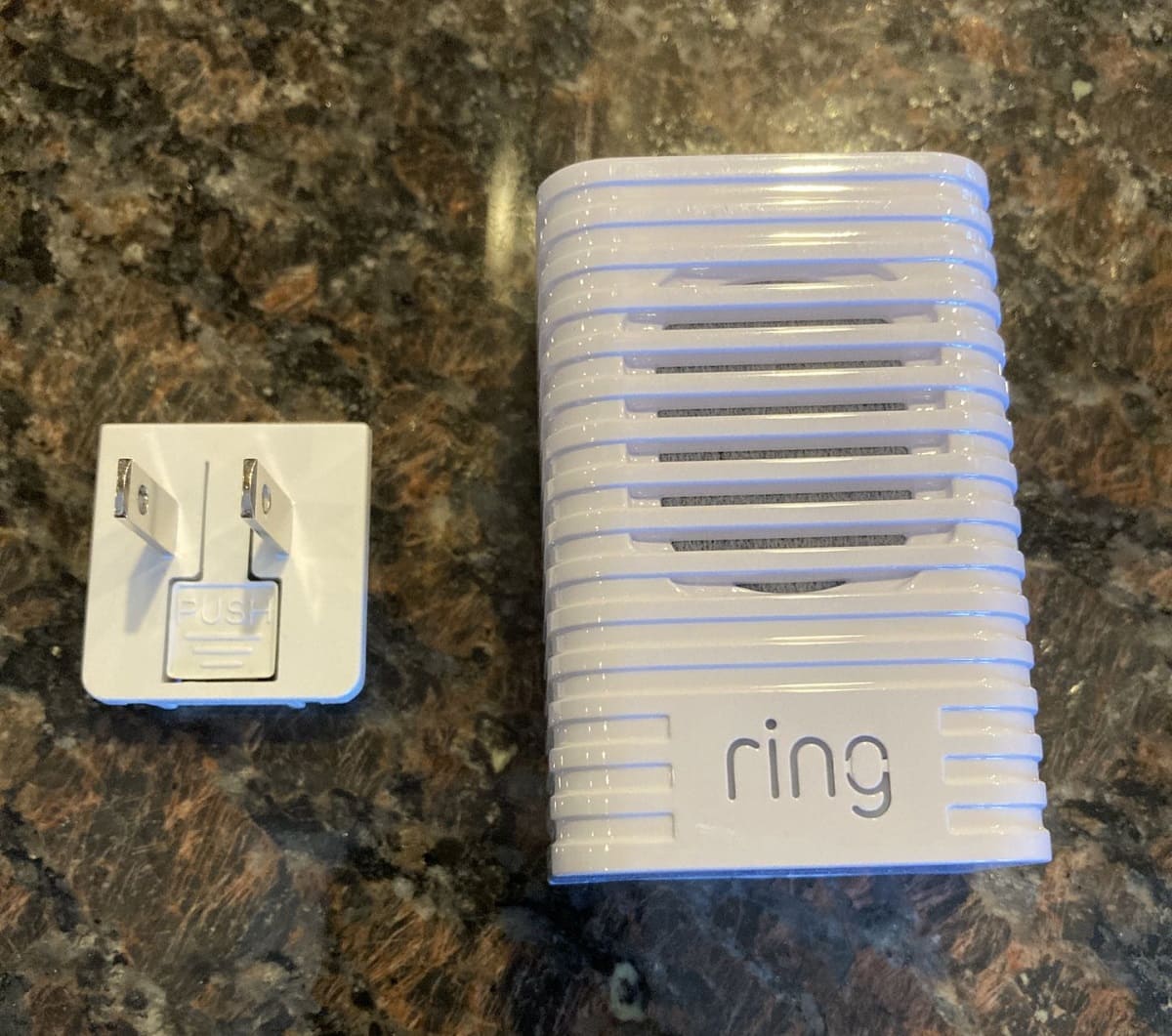
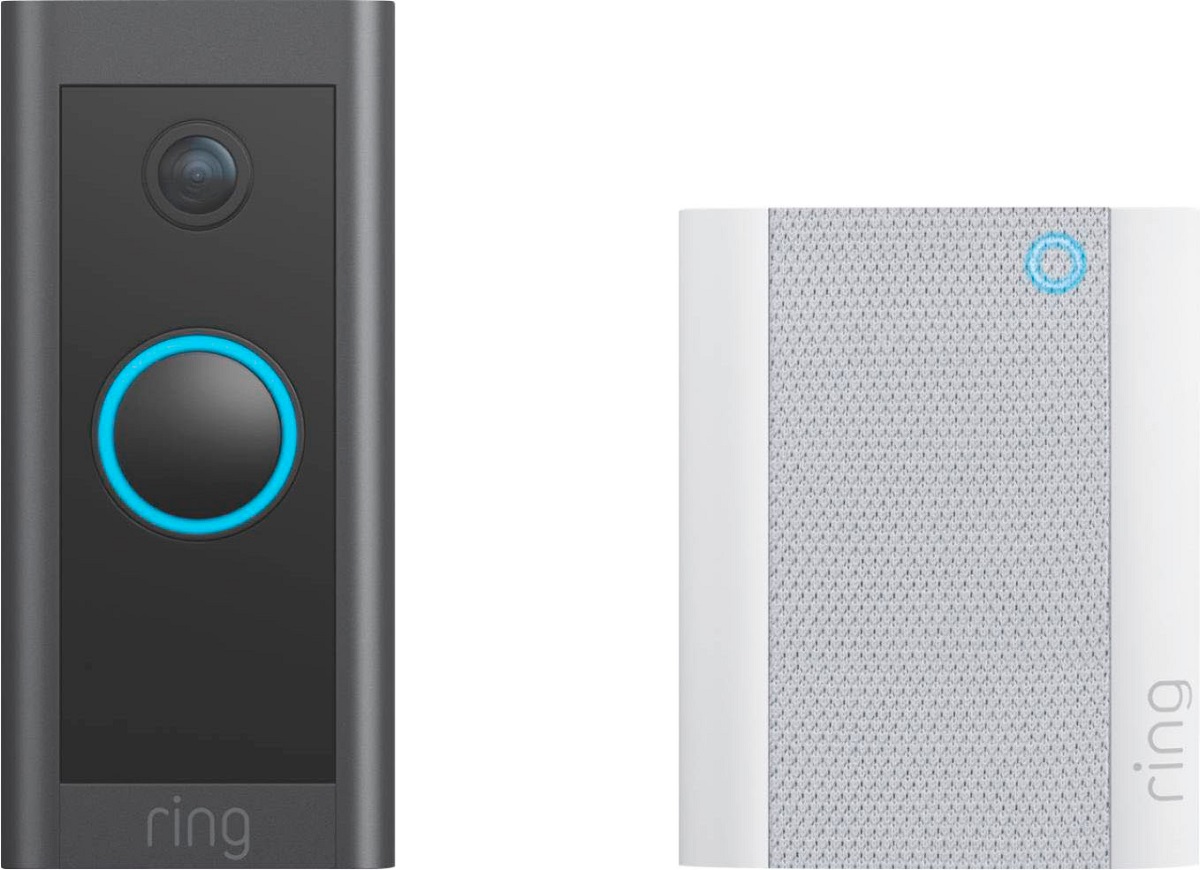


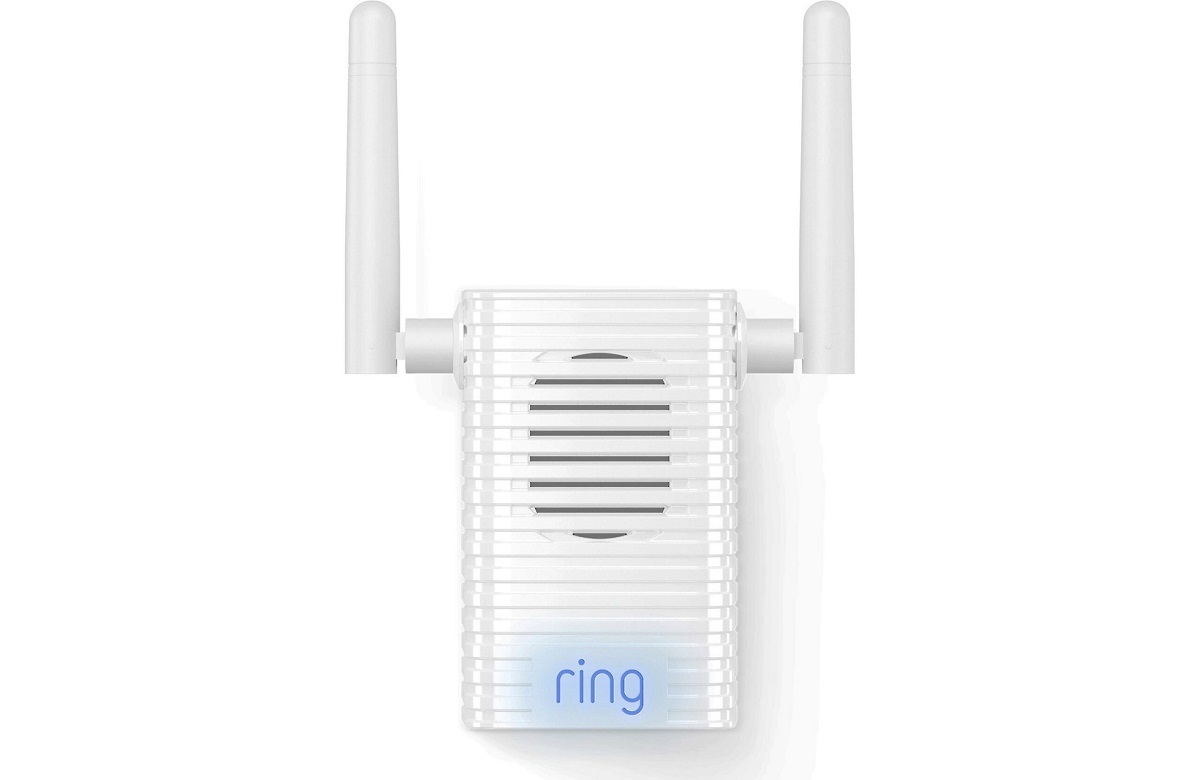
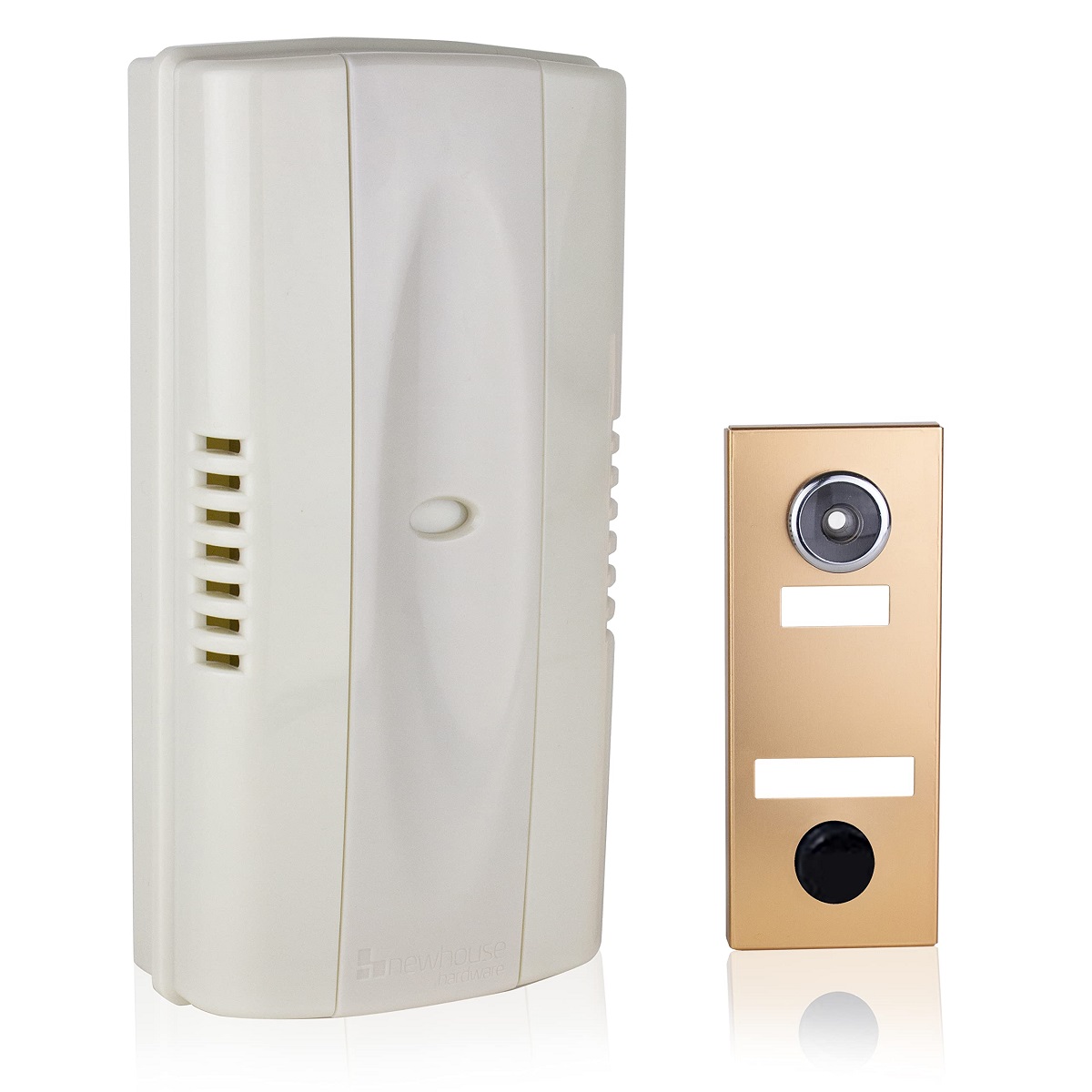
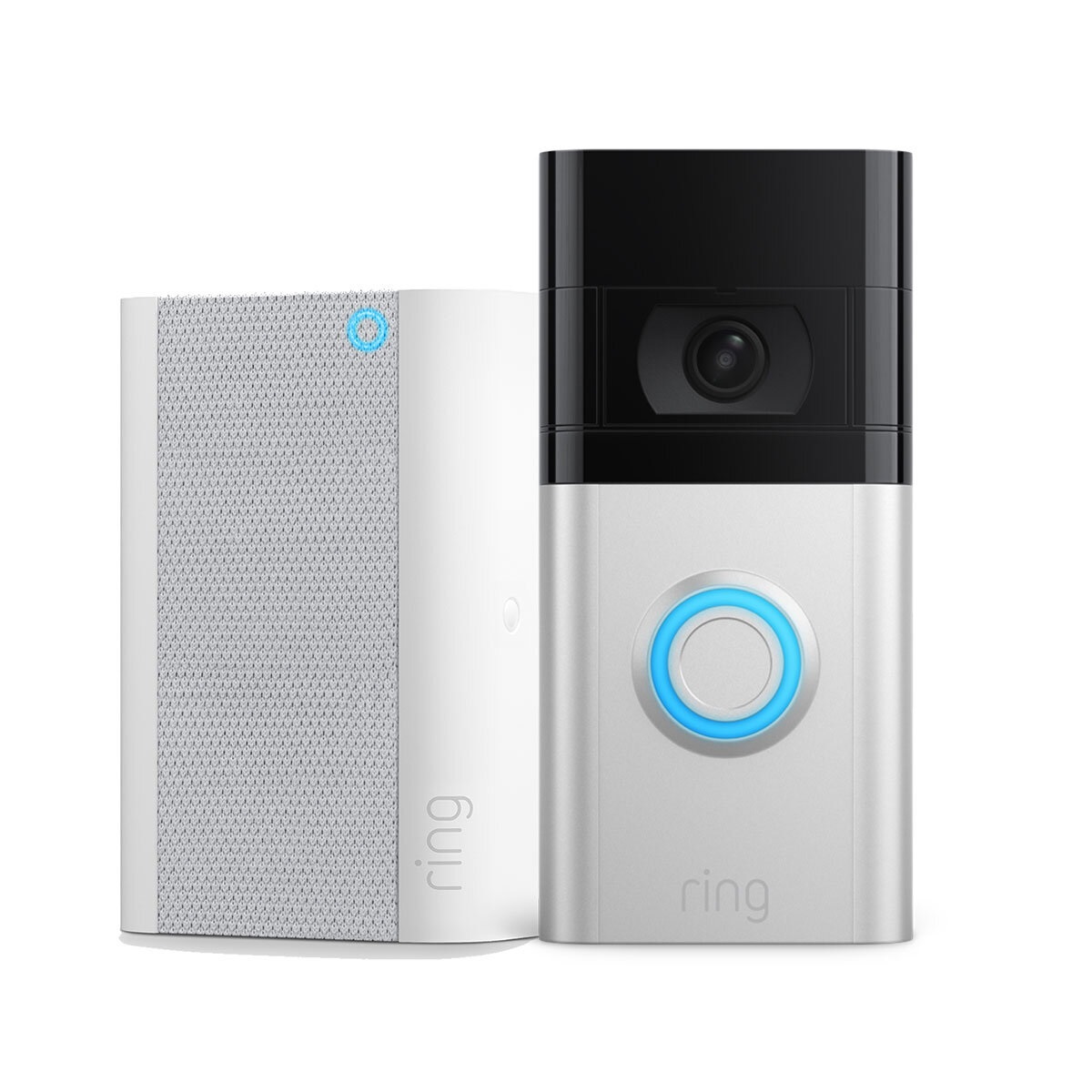
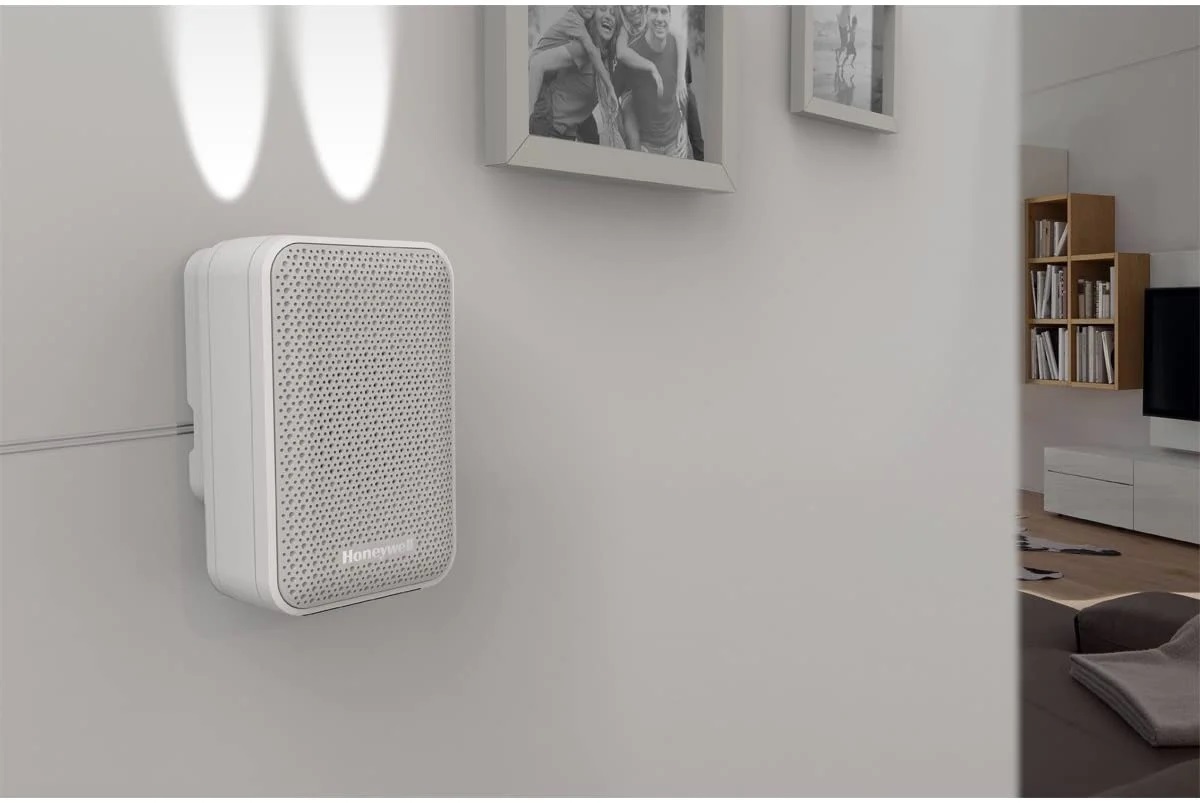

0 thoughts on “What Is Chime Doorbell”